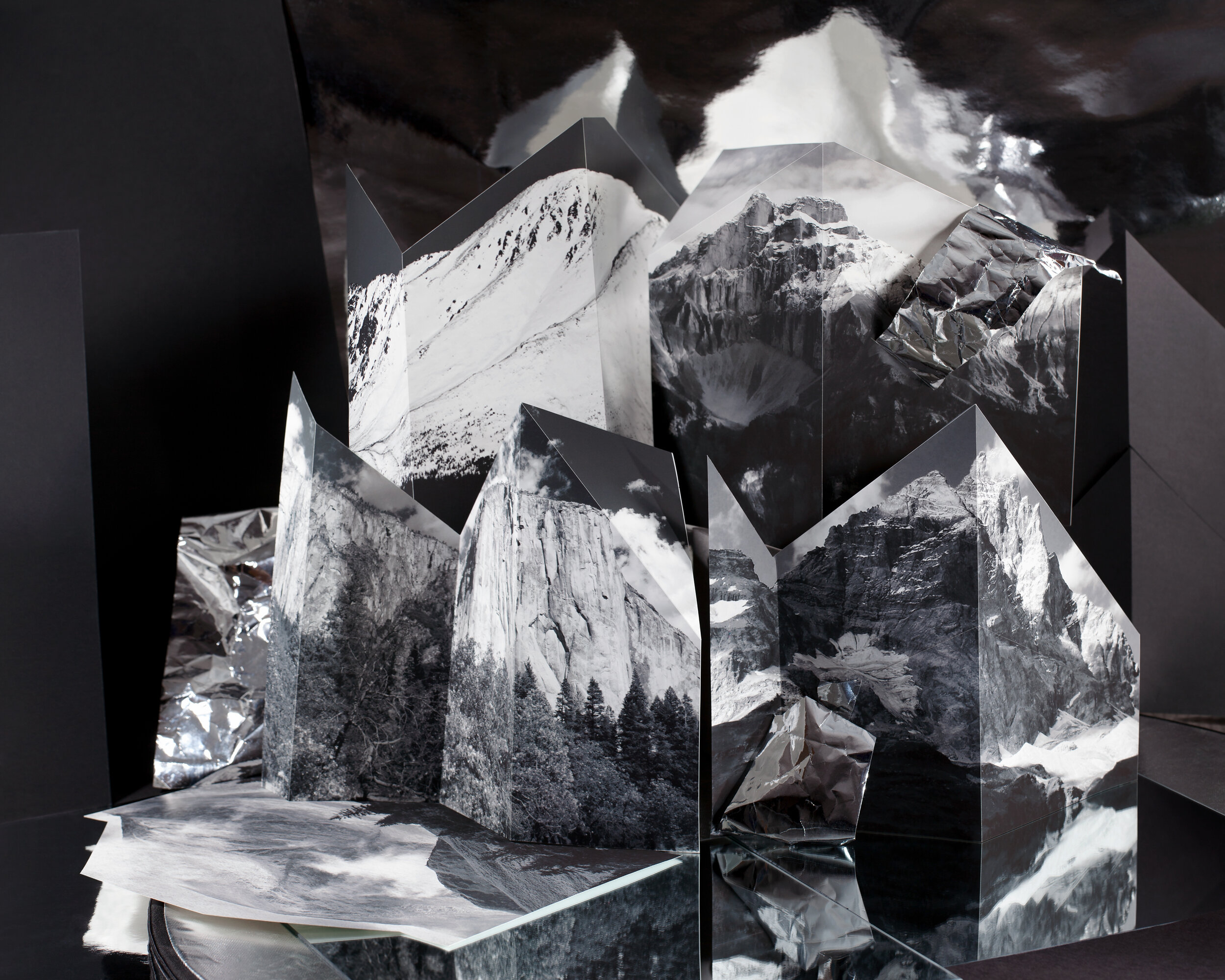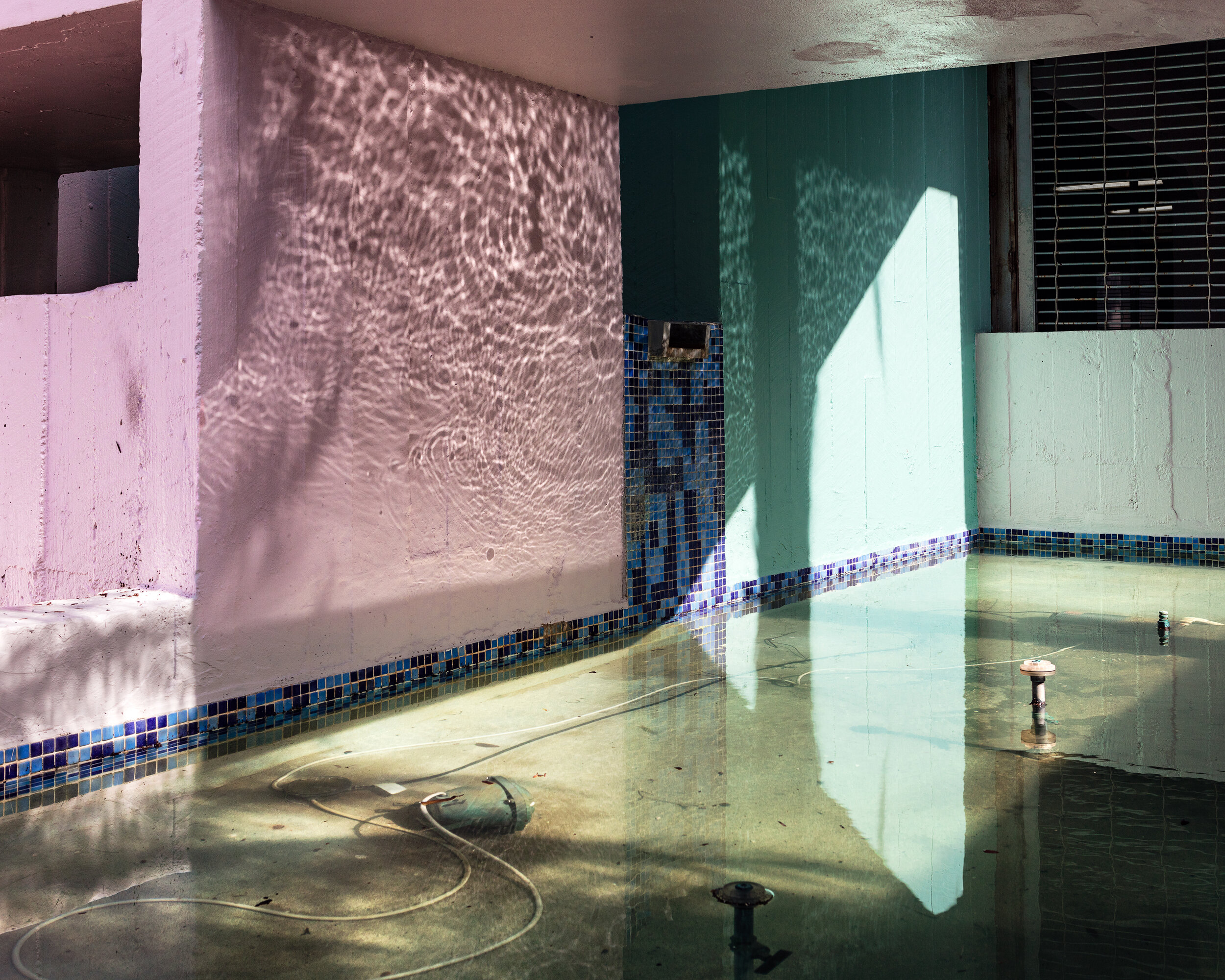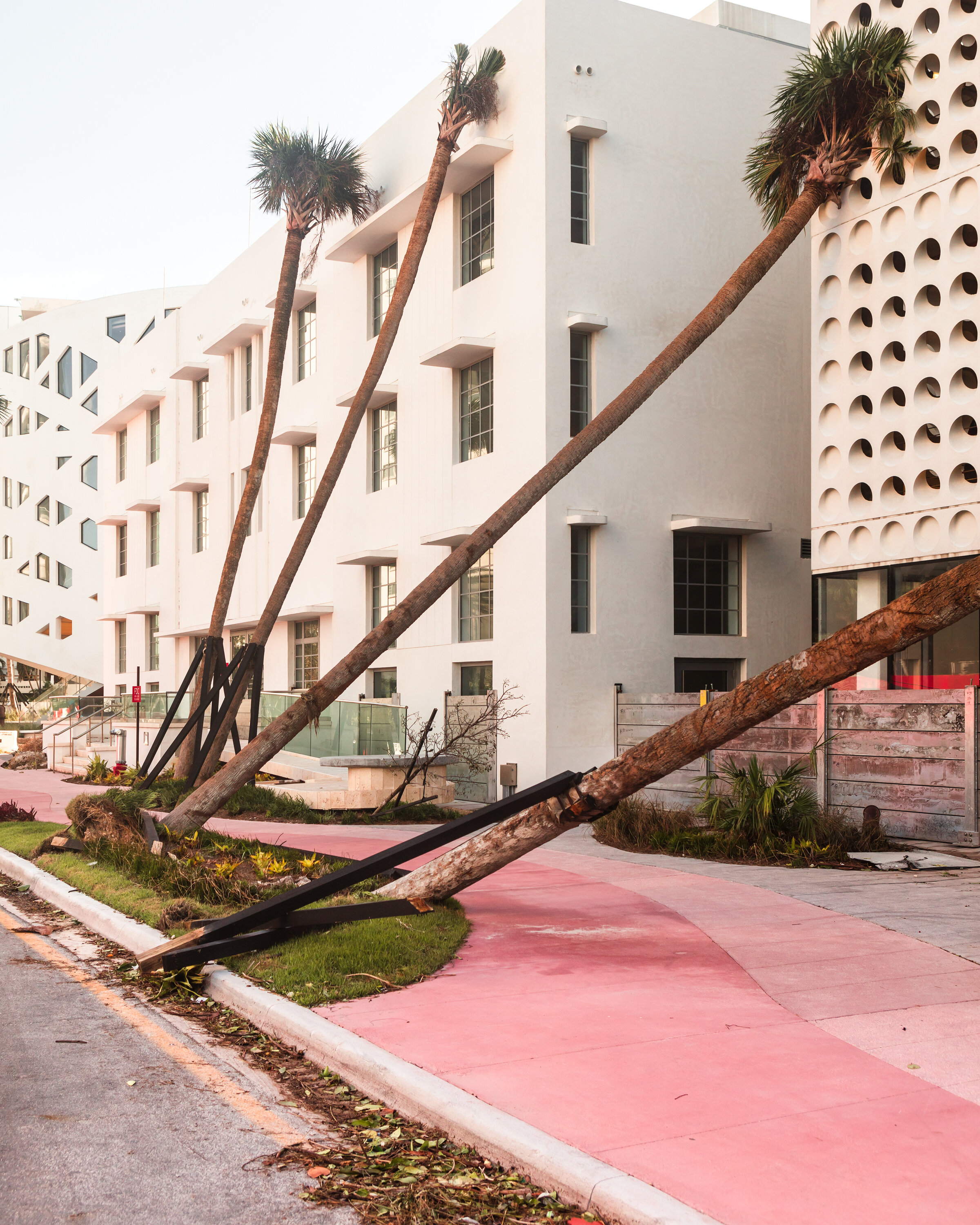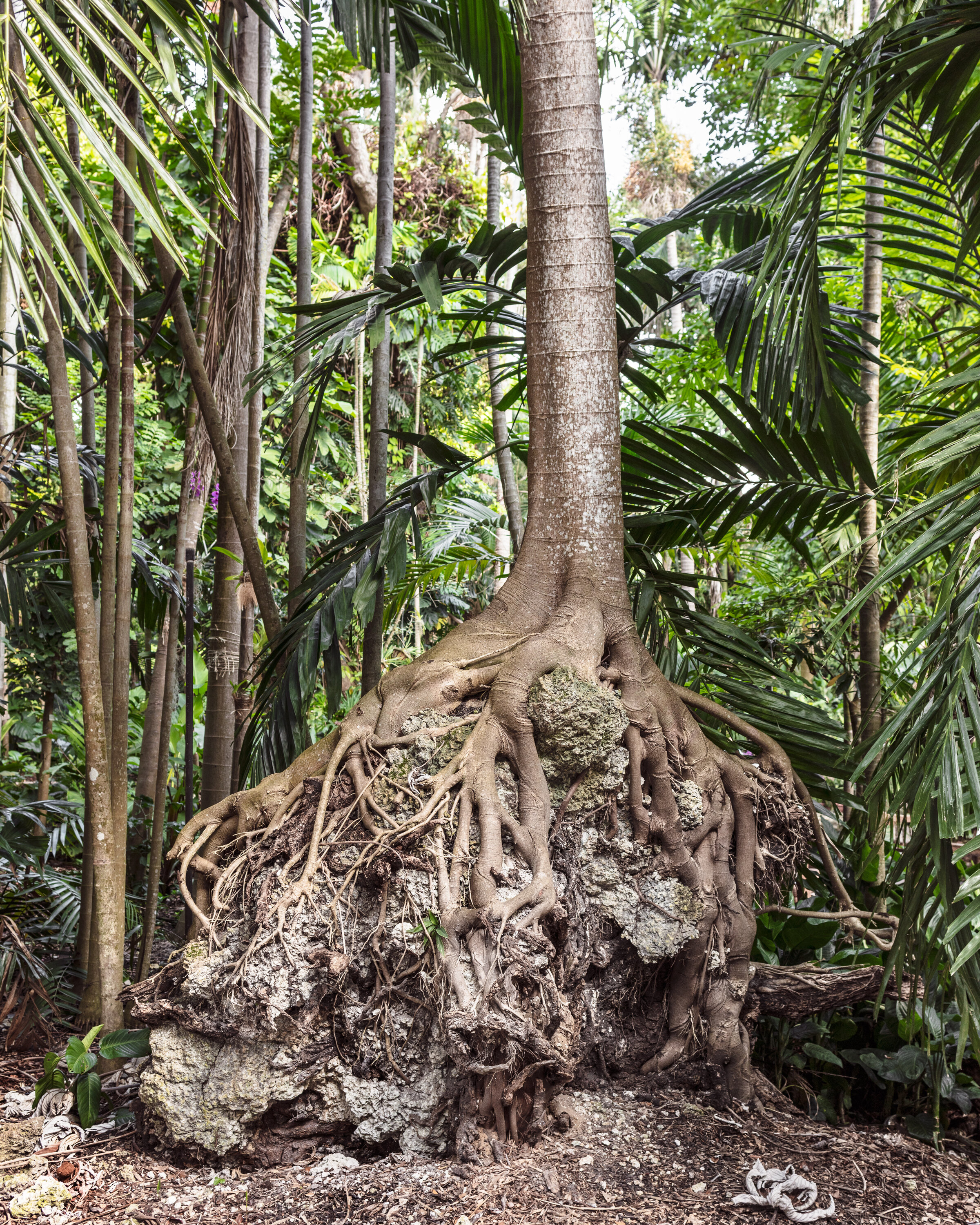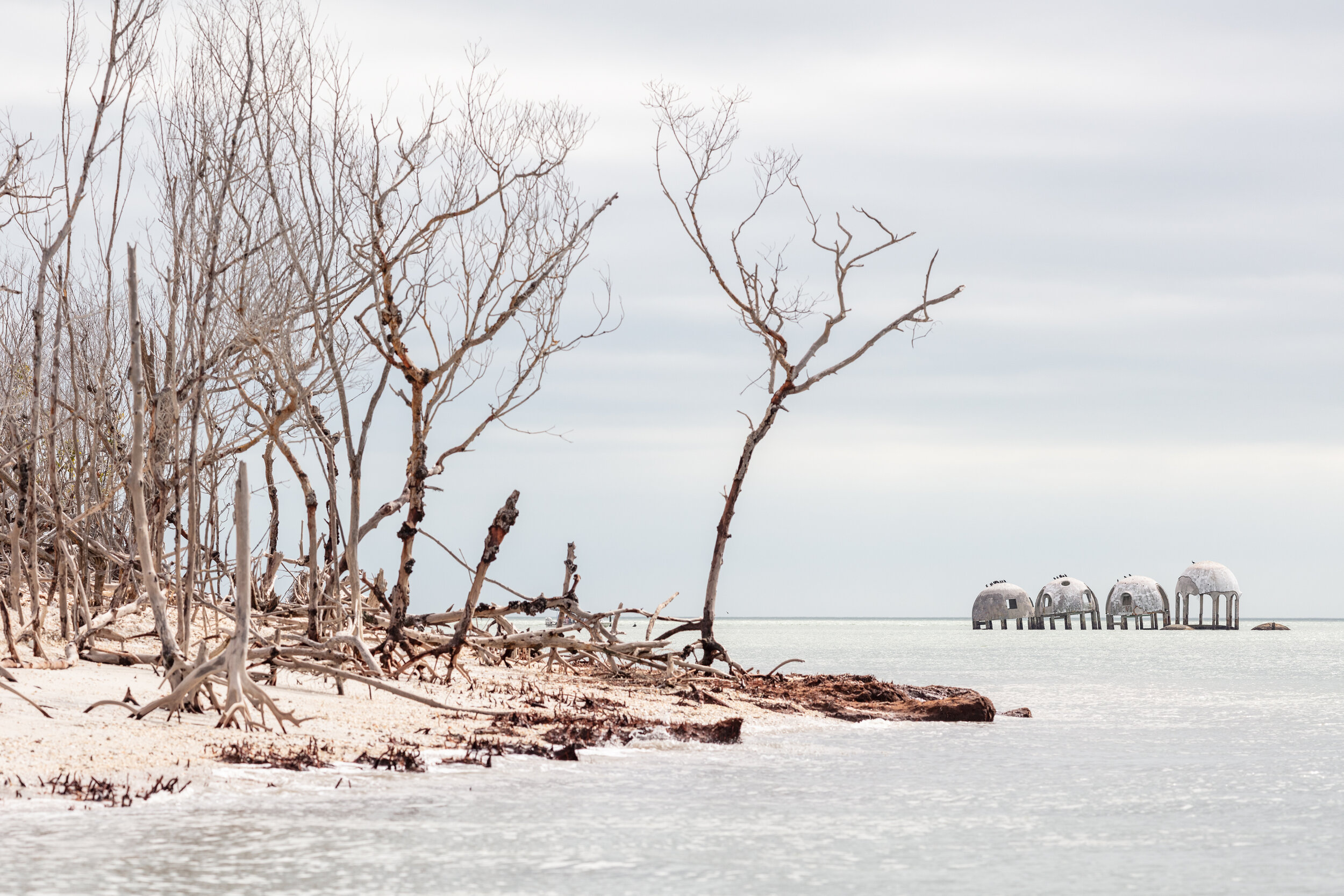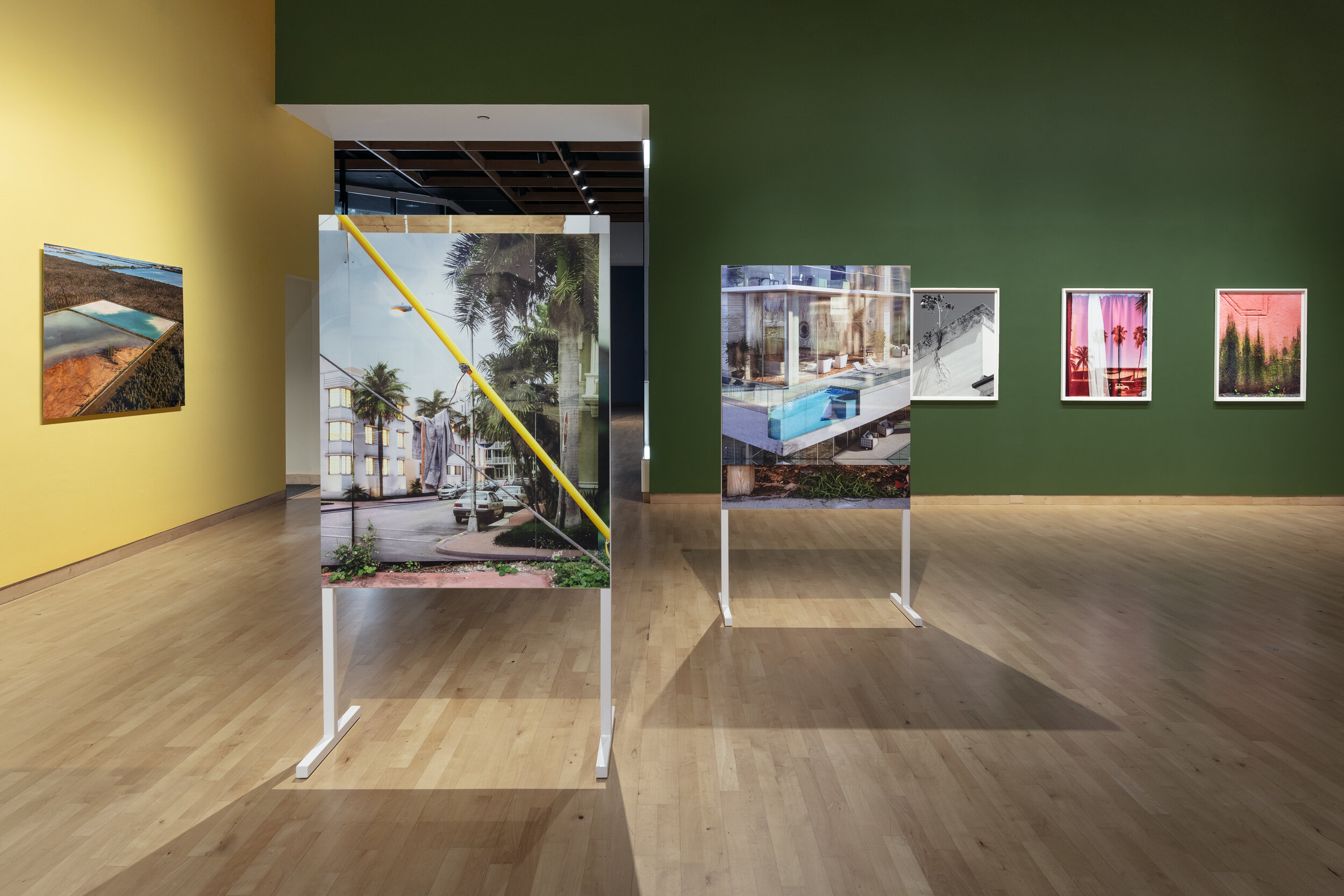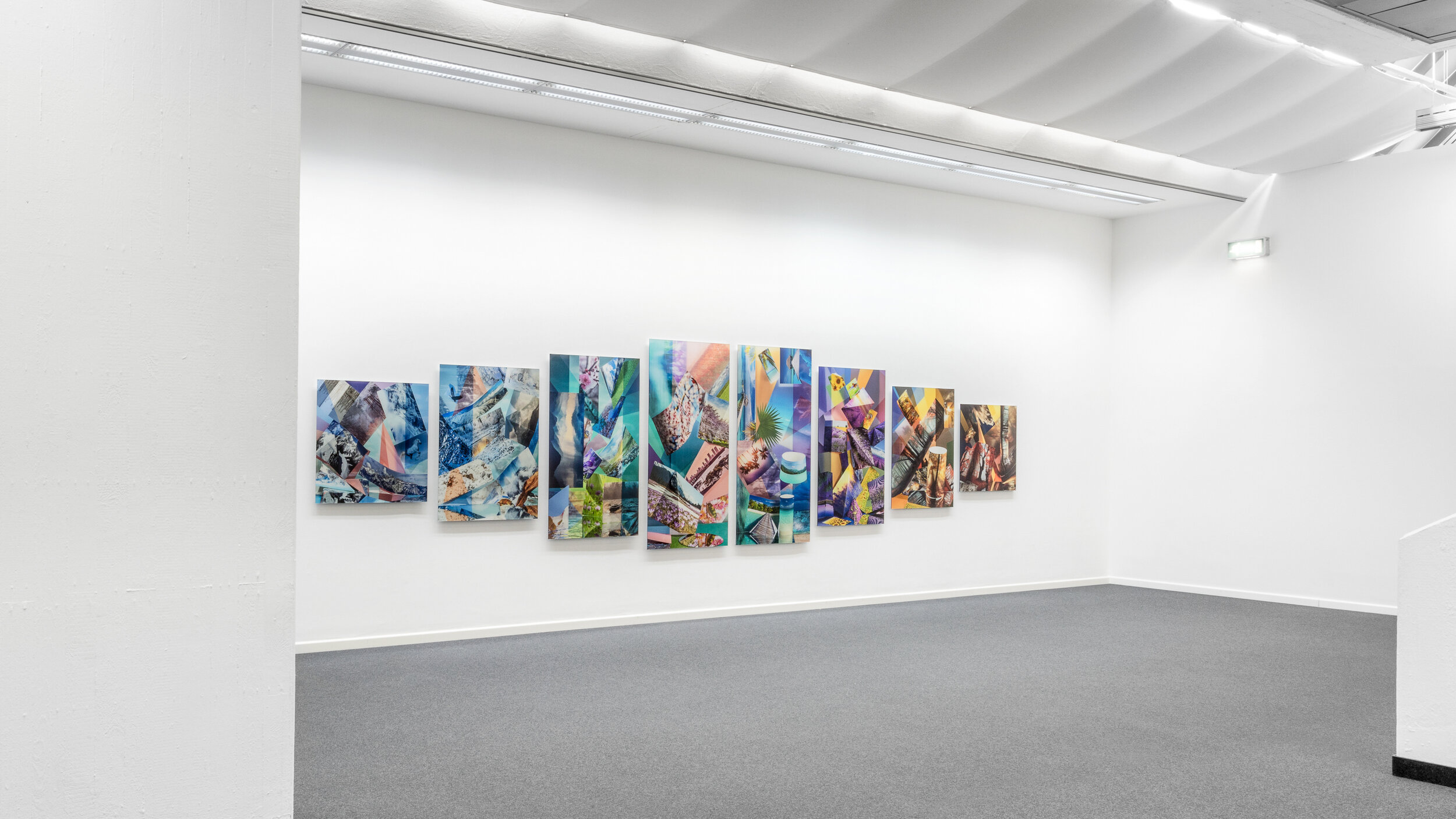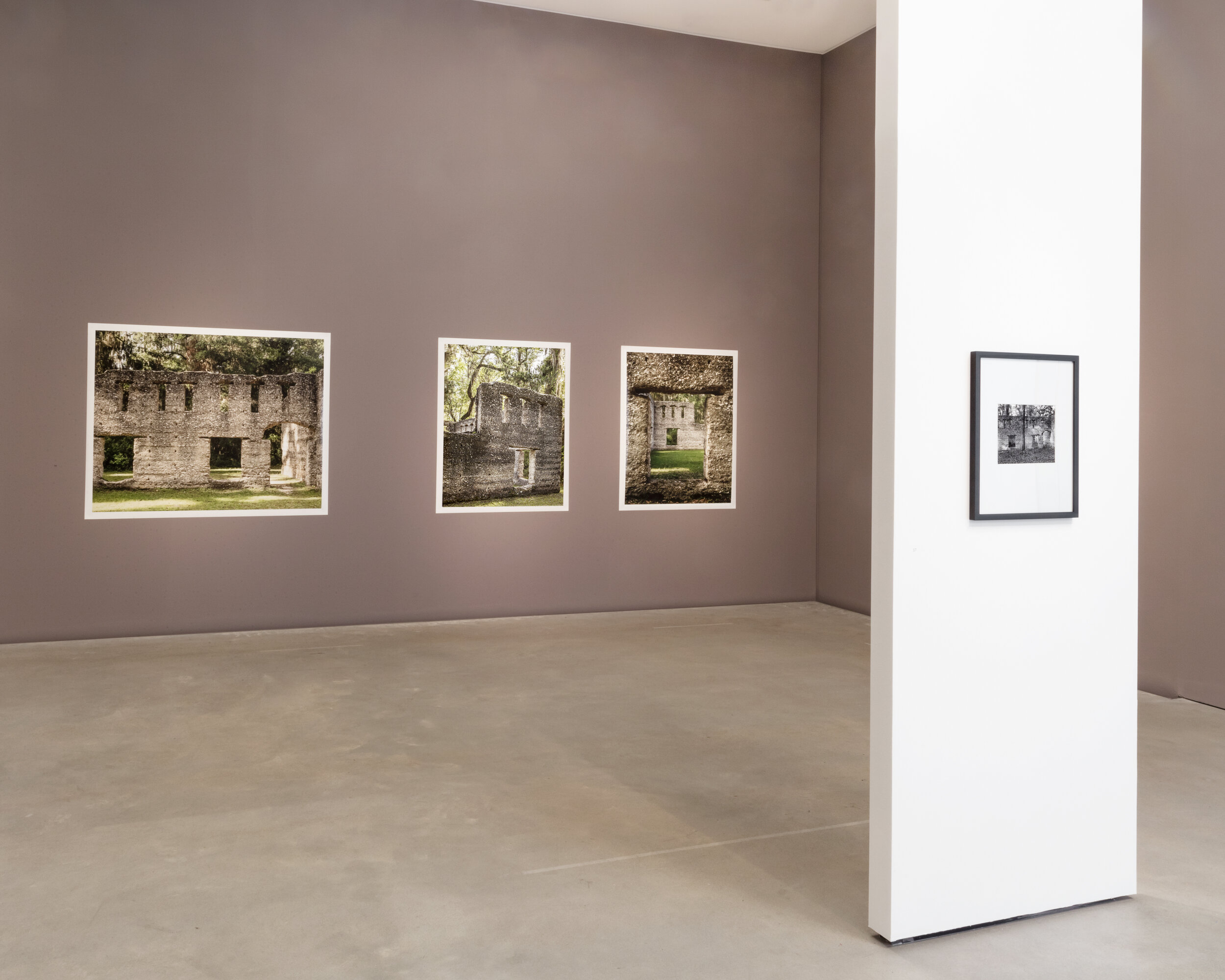Q&A: Anastasia Samoylova
By Jess T. Dugan | July 2, 2020
Anastasia Samoylova (b. 1984 in Moscow, lives in Miami) is an artist who moves between observational photography, studio practice and installation. By utilizing tools and strategies related to digital media and commercial photography, her work explores notions of environmentalism, consumerism and the picturesque.
In 2020 she had her first solo museum exhibition of ongoing project FloodZone at USF Contemporary Art Museum. The book of the project was published by Steidl in 2019.
Jess T. Dugan: Hello Anastasia! Thank you so much for taking the time to speak with me today. Let’s start at the beginning – what initially drew you to working with photography, and what was your path to getting to where you are today?
Anastasia Samoylova: Thank you for inviting me, Jess! I’m so glad to reconnect. Strange Fire Collective is a fantastic resource. I check it frequently.
Back in Moscow I studied architecture and interior design. Most things were done by hand, so I had to make endless three-dimensional models of buildings. I would photograph the models to document them but in the process I got fascinated with how the camera turns 3D space into 2D space, but it’s an illusionistic 2D. The photograph suggests space but on its own terms. Looking back, I think that was quite a telling entry point for me. It was clear that the photograph documents and transforms at the same time. It is inherently factual and fictional. Transparent and manipulative.
JTD: You and I met in Chicago around 2012 or so, and the first work of yours I became familiar with was Landscape Sublime, which explores the connection between the natural environment and its representation through photography. This series is entirely studio-based, as the final works depict assemblages of internet-sourced images that you construct and photograph in your studio. Can you tell me more about this project? How did it come to be? What was your process for creating these assemblages – and the resulting photographs – in your studio?
AS: I was an early adopter of Flickr. I noticed now the imagery people uploaded was following very specific pictorial conventions, particularly in the depiction of landscapes. Not just mountains and sunsets, but more subtle sub-categories. Trees in fog. Blue glaciers. Crashing waves. I would download the copyright-free images and collect them in folders. It seemed to me that we don’t just take photographs; we see the world photographically, and our vision gets conventionalized by the kinds of photographs we see and aspire to make. The ‘sublime’ is usually understood as a phenomenon of experience of the landscape, a sense of awe. But what struck me as sublime was the sheer number of similar images out there on the internet. A technological sublime, a data sublime. After printing out the images I would make 3D tableaus. They’re somewhat Cubist but are really informed by the women artists of the Russian Avant-Garde, particularly Natalia Goncharova. So, it’s a meditation on contemporary image culture, but with an awareness that we’re still working within a lineage of much older pictorial and aesthetic concerns.
Rainy Windows, 2013
JTD: After moving to Miami in 2016, you began FloodZone, an expansive photographic project reflecting and responding to the problem of rising sea levels. How did this project begin? What was your process for working on it? What was your transition like moving from the studio to the outside world?
AS: That’s complex, but to put it simply, Miami struck me as a real-life collage, a real-life Landscape Sublime. It’s a place peppered with images of its ideal self – tourist and real estate propaganda, mainly. So that intrigued me. Then, three years in a row, there were hurricanes and serious flooding. This is a paradise in jeopardy. South Florida is at the forefront of climate change. I got very interested in the psychological effects of living in such a situation. Most of the place is still in denial, just carrying on but knowing deep down there are profound changes coming. I began photographing, trying to make observational images that carried little signs of this unease. I just kept working and let the images accumulate, not knowing if it would become a project.
Park Avenue Miami Beach, 2018
JTD: One thing I particularly love about FloodZone is that, despite the obvious political commentary of the work, your approach is complex and nuanced, inviting viewers in through a variety of access points rather than hitting them over the head with a didactic message. The photographs are poetic, playing with the rhythms of color and light, shape and form, and reality versus facade. Was this approach a conscious decision on your part or did it evolve naturally as you were creating the work?
AS: That’s nice to hear, thank you. Yes, I wanted to be true to my own complex and nuanced experience of the place, for sure, but there were other things at play. I wanted to avoid the clichés of disaster and catastrophe photography. The experience of climate change is not really the same thing as the effects of extreme weather. I was looking to express something of the long term, low-level psychological consequences of life lived in areas that are changing irrevocably.
Moreover, there was something else on my mind that is worth mentioning in the context of the Strange Fire Collective. I wanted to make images where it wasn’t emphatically clear what the subjectivity is of the person who took them (me). From the pictures, you can’t tell in any obvious way what the gender, ethnicity, or belief system of the photographer is. Audiences often want to know in advance “where the art is coming from”, i.e. the author’s subjectivity. I’m more interested in where the work is going to, i.e. the viewer. I don’t want the work received as coming from somewhere specific and pre-stated. I value the viewer’s freedom far too much. At a portfolio review early in my career I was told that as a first-generation immigrant artist, a woman, and a young mother I’d be limited to a certain range of subjects, and I have rebelled ever since.
JTD: Wow, that’s an unfortunate thing to have heard early on. I’m very glad you’re rebelling.
You recently released a book of this work from Steidl- congratulations! What was your experience like making the book, and what has it been like now that it’s out in the world?
AS: I worked on the book with writer David Campany, who edited the sequence and wrote the essay; it was very collaborative. I showed him the images I made over a course of about 2 years. I wasn’t sure if there was a book in there but he thought so. I asked if he could try to work out a grammar and rhythm for the book. He came up with a solution which I thought was really insightful. He definitely understood what I was trying to get at. From there we worked on refining the edit together. I kept shooting, right up to the last minute, and if the images were a good fit, we would try to accommodate them in the sequence. The process took about 3 years.
We approached Gerhard Steidl when we were about 80% into the book. Gerhard said ‘yes’ immediately. Obviously, he’s a remarkable publisher/printer. The whole process of working with him was a joy and a real education for me. Gerhard appreciated and understood what we had brought to the table – the sequence, the basic design and the text, so he didn’t impose at all. We worked with the designer Holger Feroudj at Steidl, on the subtleties of typefaces and border sizes. The book includes color and black and white images, and it is incredible to see what a master printer can do. When the book was printed it was better than I had hoped.
The book was launched at Paris Photo 2019. I was a little apprehensive that it might be too subtle, not urgent or alarmist enough as a response to climate change. But the reception has been very positive, which is heartening. I think there is an appetite and a place for climate-related work that is layered and complex, not reduced to a single formula.
Park Avenue Miami Beach, 2018
JTD: In a recent artist talk with the Museum of Contemporary Photography, you mentioned that you have only completed one initial phase of this project and you have many more iterations planned. Can you tell me about the next phases of FloodZone and your plans for working on them?
AS: The first book is really focused on the southern coastal states of the USA, but clearly that’s not the only area affected by climate change. I’m exploring further up the east coast and will also look around the Gulf of Mexico. I’ve just had a show in Amsterdam, where they know a thing or two about water management and sea levels. It was interesting to show some of FloodZone in that context. I definitely want to look at coastal Europe and Asia too, so I’m in the process of mapping out the future trips. It is an ongoing project; I’m constantly adding to it.
JTD: We currently find ourselves in the midst of the COVID-19 pandemic, which has adversely affected so many artists and institutions. You have had several exhibitions cancelled, and I can only imagine this has affected your work in so many other ways. In this strange moment we find ourselves in, what are you currently working on? How has this experience affected your work?
AS: I move between location work and studio. COVID has led me back to the studio, to continue two of my series – Landscape Sublime, and Breakfasts which are still life images I make in the morning when I’m looking at photo books for inspiration. For each image I photograph an open book surrounded by the accoutrements of breakfast. Coffee, fruit, pancakes, cereal. It’s a kind of homage and a ‘thank you’ to these photographers. But I also like images of images, a motif than runs through all my projects. The ‘Pictures Generation’ of artists has been a major influence on me.
Installation view of FloodZone at the Contemporary Art Museum at USF Tampa, 2020
JTD: And finally, assuming things return to normal sometime soon, what’s on the horizon for you in terms of exhibitions, commissions, projects, etc?
AS: My various project series are ongoing, so I will continue to juggle those. I just read an extensive biography of Walker Evans and have been looking at his Florida work. A book of this was published in 1941, but he photographed in the state from the 1930s to the 1970s. I see now that my own observational work has a certain kinship with his, and I’m interested in expanding this further. He was a much more complex person and artist than is typically perceived. I'm continuing with FloodZone as well, traveling up the East Coast this summer to shoot.
I had my first museum solo exhibition with FloodZone at the Contemporary Art Museum at USF Tampa this year, and I’m working on traveling various iterations of that show to other institutions in the states. Meanwhile in Europe the project is up at Peter Sillem Galerie in Frankfurt until August 22, followed by a show on climate change at the Kunsthaus Wien in the fall. This July & August I also have a solo show of FloodZone at Dot Fiftyone Gallery in Miami. In November FloodZone will be presented in a solo booth with Galerie Caroline O’Breen at Paris Photo fair.
JTD: Thank you so much Anastasia, it has been wonderful to speak with you. I look forward to seeing your upcoming exhibitions and future work!
All images © Anastasia Samoylova





